Snow sculptures so big they have to be seen to be believed: a long-serving snow sculptor’s behind-the-scenes view of the Sapporo Snow Festival
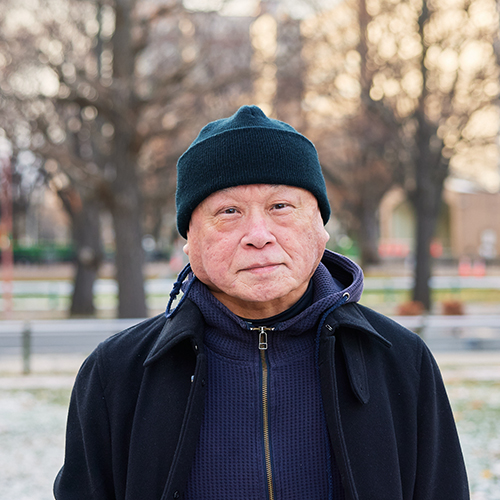
A Sapporo Snow Festival veteran passing his legacy on to future generations Takatomo Morioka
When Takatomo Morioka moved to Sapporo from Kyoto, he’d never seen so much snow and knew next to nothing about the Sapporo Snow Festival. After joining the snow sculpting team, the festival soon became a fundamental part of his life. With over 40 festivals under his belt, he continues to share his passion with today’s snow sculptors and visitors to Sapporo alike.
The Sapporo Snow Festival is a part of my life
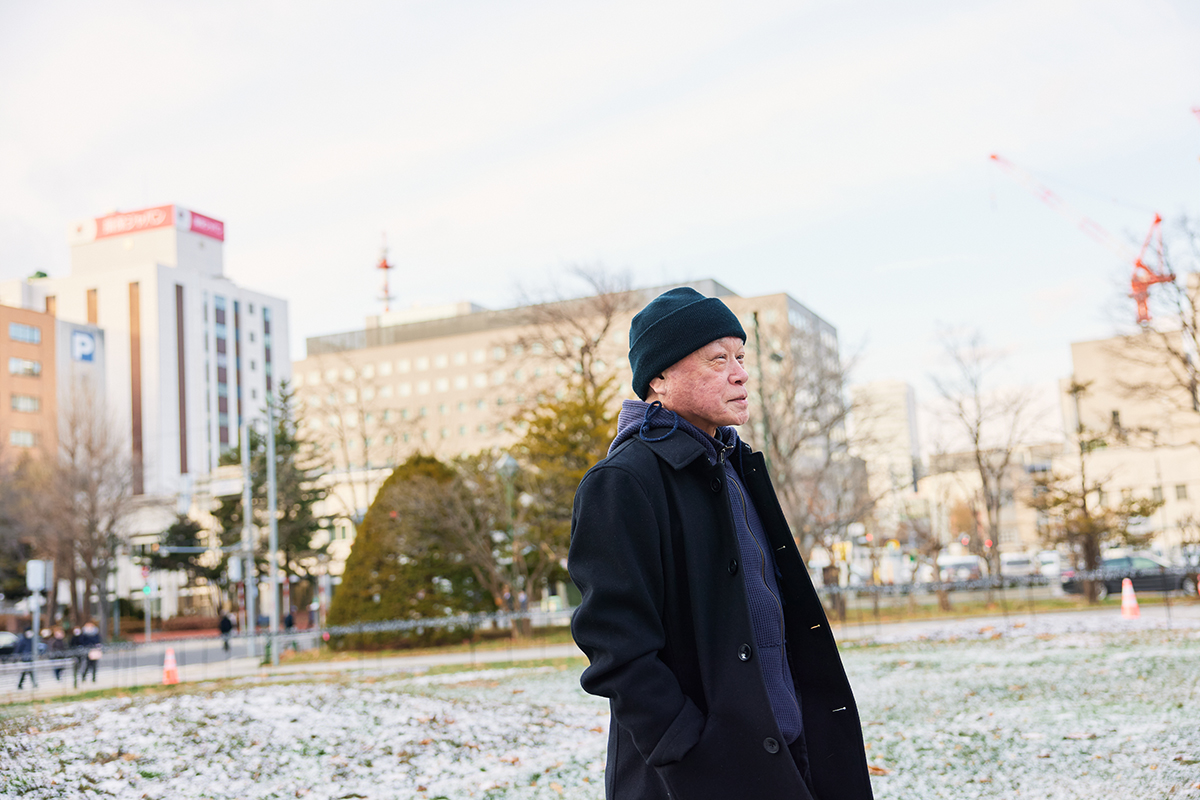
I was born in Kyoto but I’ve been living in Sapporo since I was 18—for the record, I’m now 70, and cannot imagine living anywhere else. Sapporo is an easy city to live in, mostly because its locals are incredibly open and friendly. No matter where you come from, you always feel welcome.
Originally, I moved to Sapporo because I picked it as my post when I joined the Self-Defense Forces. Among the various roles within Sapporo’s branch of the Self-Defense Forces, I was asked to join the snow sculpting team for the Sapporo Snow Festival. I agreed to it without really knowing what was involved—I hadn’t even been to the festival before, let alone lived in a place that gets so much snow!
In the early days, I was faced with a steep learning curve as I learnt how to create the massive snow sculptures for the festival. Although it was challenging work, the festival soon became an integral part of my life. I’ve taken part in over 40 Sapporo Snow Festivals and even after leaving the Self-Defense Forces, I continue to be involved.
The most rewarding thing is working together in a team to create a work of art
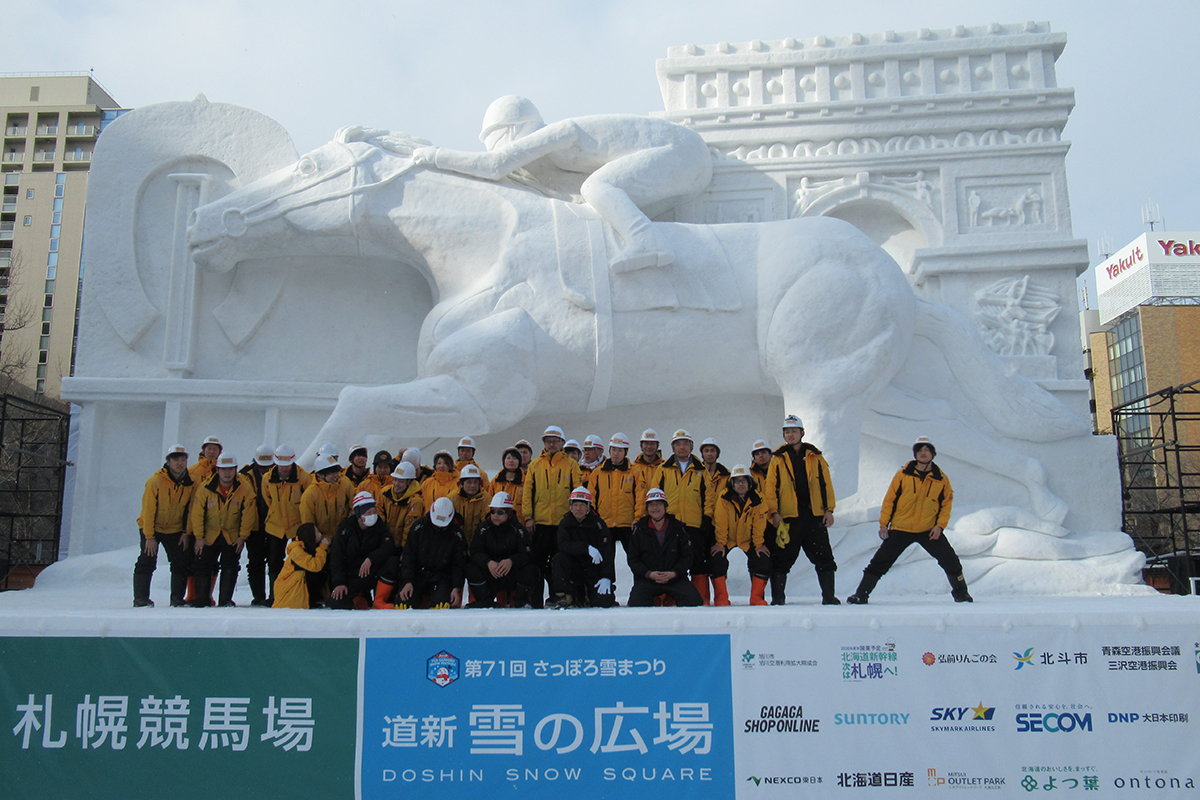
This year marks the 74th Sapporo Snow Festival. Like every year, the Odori Site is the main highlight, with huge snow sculptures. As you can imagine, there’s a lot of planning involved in creating the sculptures. Although the festival is held in February, the planning begins around the later half of November the year before. The design is finalized by venue management over about a month and half, after which blueprints are created.
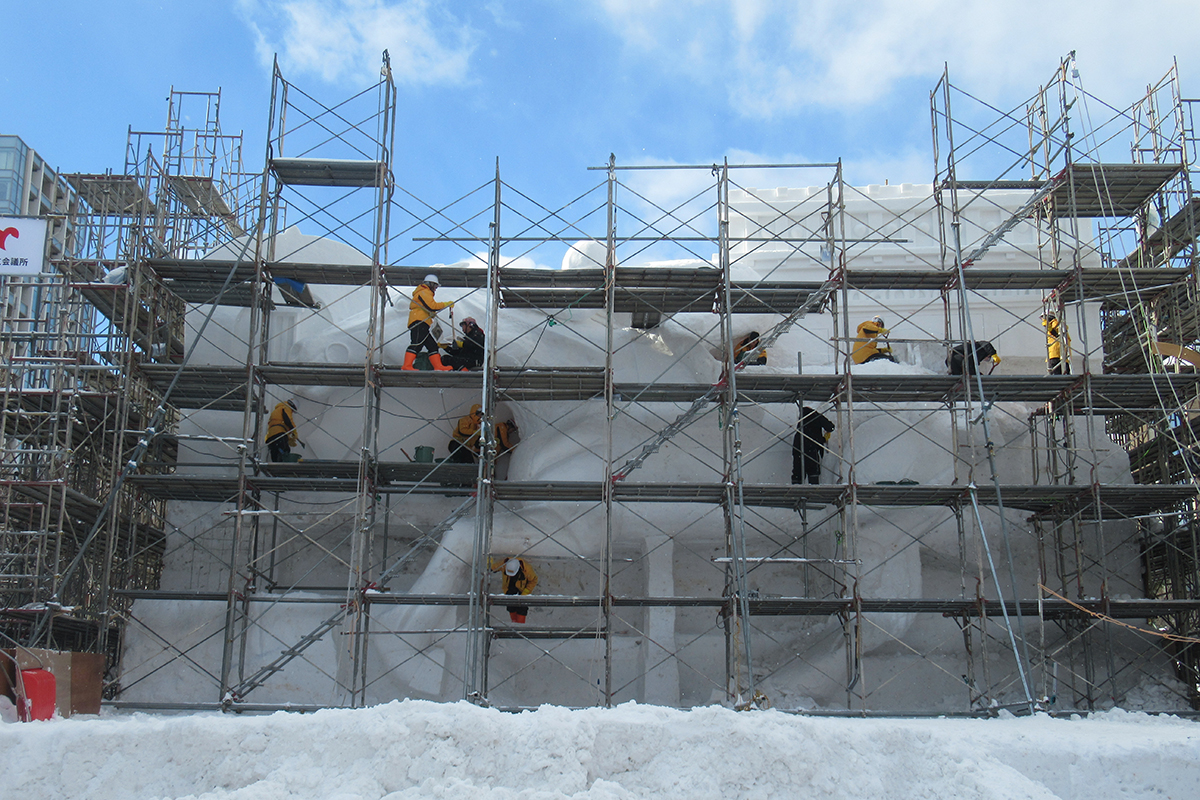
In the creation stage, we work together with a team of about 50 people—many people join the effort, including Sapporo locals and volunteers from all over Japan. Being able to work together from start to finish to create a single work of art is an incredibly fulfilling experience.
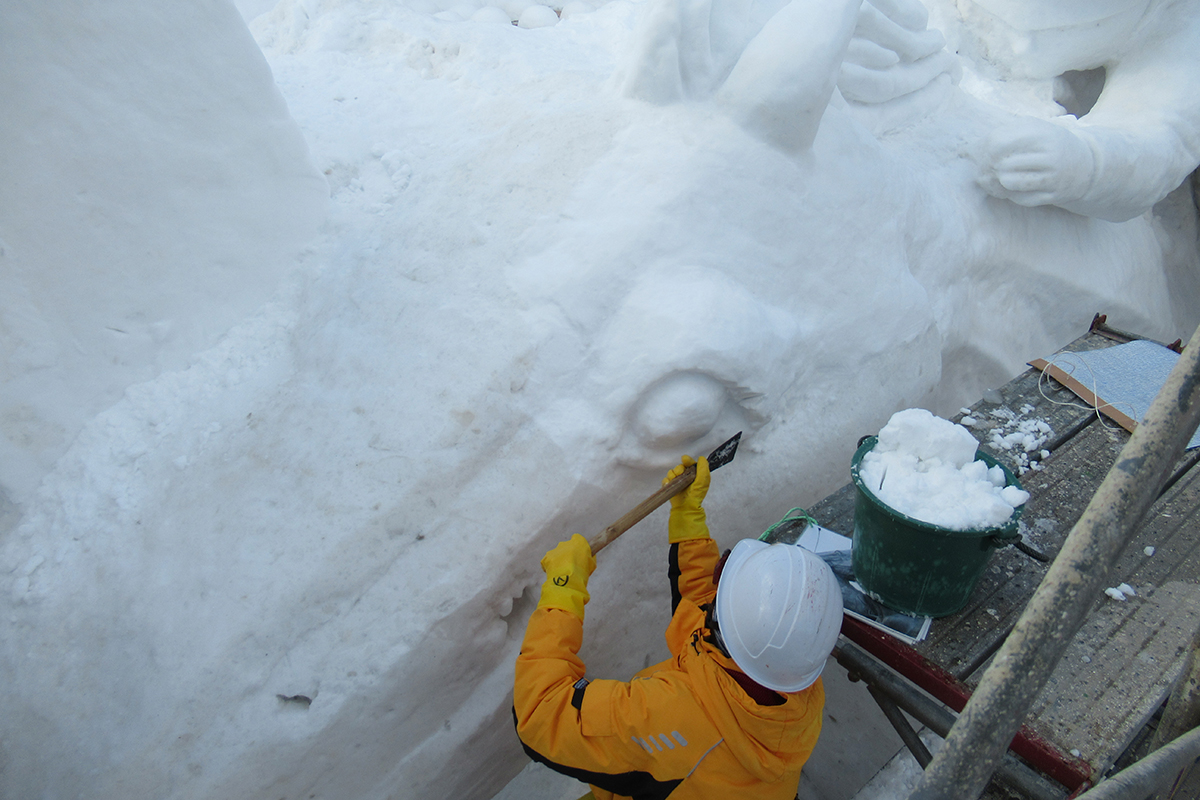
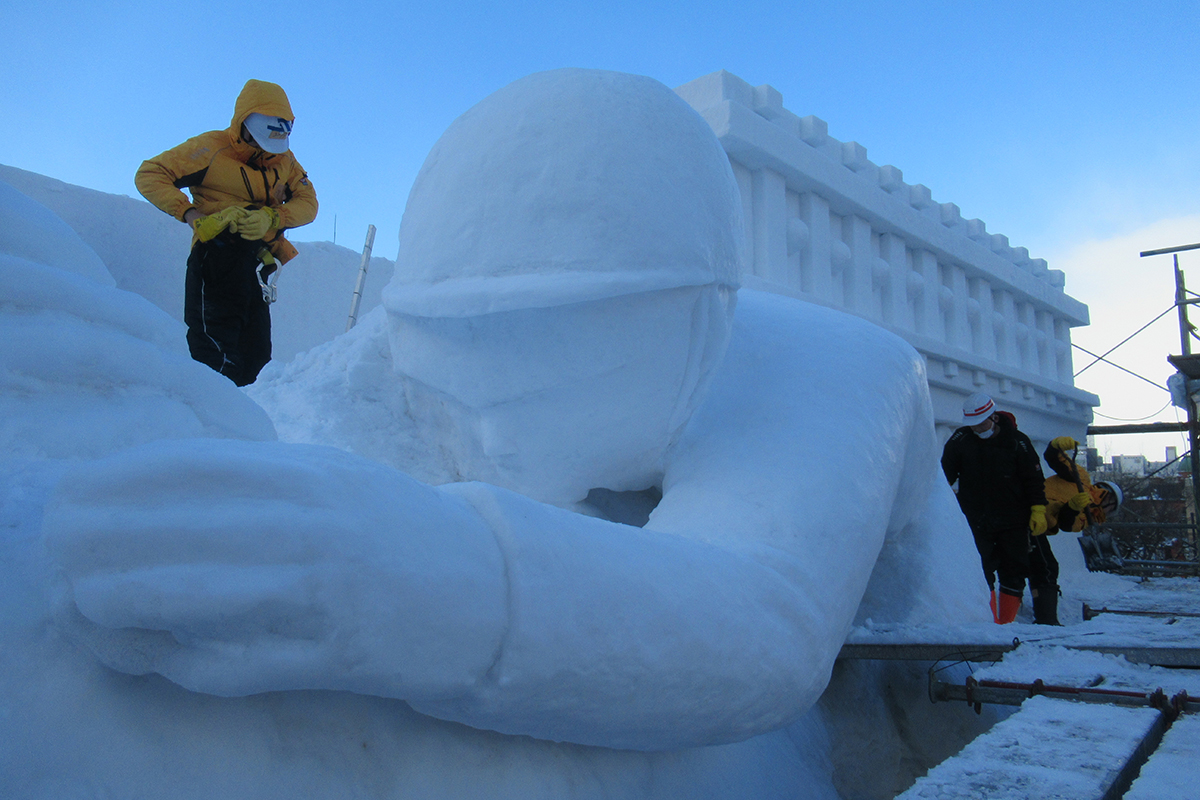
The construction of the sculptures is a mammoth effort. It takes about two to three weeks with 25 to 100 people working each day, almost entirely with their hands. Most of the large snow sculptures are roughly 17 to 18 m wide and 15 m high. The snow comes from designated areas around the outskirts of the city. We let it pile up naturally without clearing it, then truck it downtown to start construction. So these sculptures are a testament to how snowy Sapporo actually is!
Great sculptures are created when everyone is having fun
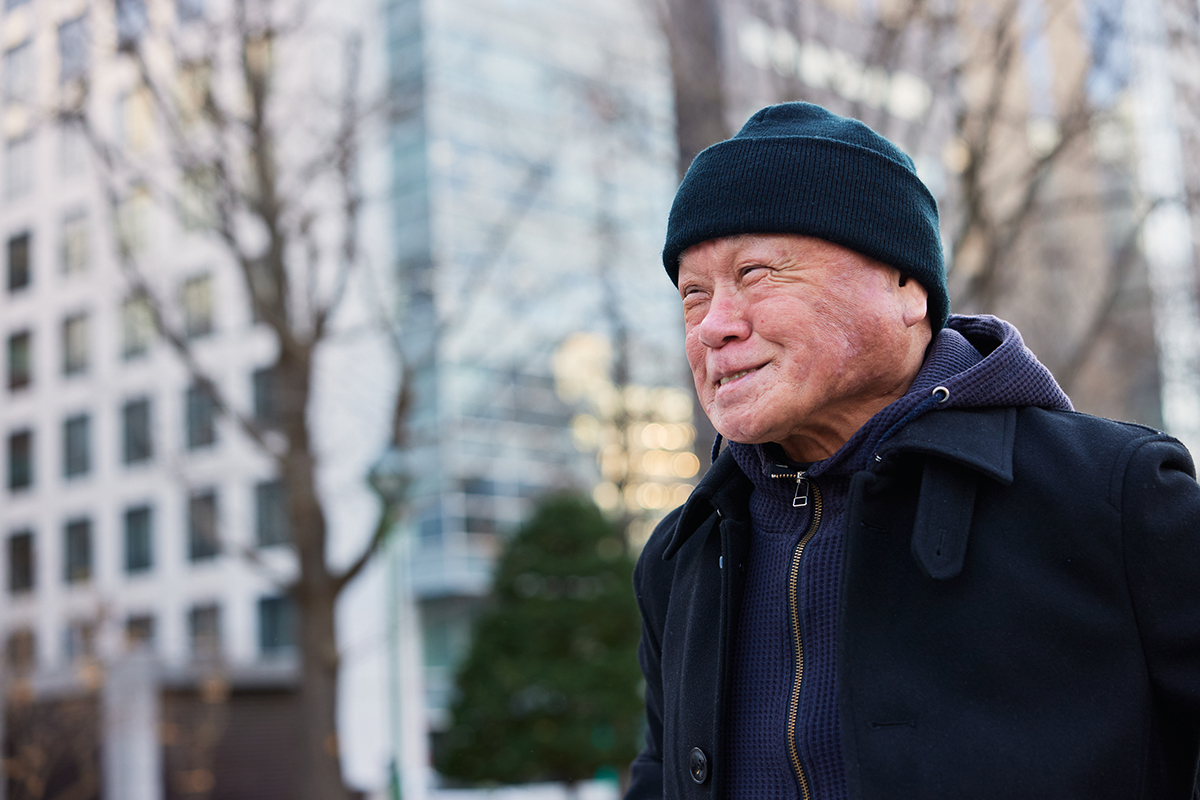
My role these days is to develop the next Sapporo Snow Festival team leaders by offering advice and guidance and passing on my know-how. The overall management style has changed a lot. In the past, the managers were quite strict and weren’t shy about asking you to redo everything if something wasn’t up to their standards. These days there’s an emphasis on having fun while making the sculptures. Of course, we need to be careful to avoid anything dangerous, but we also believe that good work cannot be achieved unless it’s enjoyable. If everyone has fun making the sculptures, that enjoyment will be reflected to the people who come to see them.
When I was still in the Self-Defense Forces, I would travel overseas to see famous buildings with my own eyes to help me create the sculptures. These days I’m still involved in this kind of research, although it takes a slightly different form, like watching cartoons and anime to get ideas for the characters that appear in our sculptures.
Dismantling the sculptures at the end of the festival is also an involved process. For all the people who have put in hard work to make these works of art, it can be very emotional. Before we start dismantling, we’ll say a prayer that the event will be held again next year without any incidents. For sculptures with eyes, such as characters and animals, we make sure to cover their eyes and pour sake over them as an offering. This tradition is a way to show our respect to the sculptures and honor the hard work put into making them.
I hope people can take in the magnitude of these sculptures with their own eyes
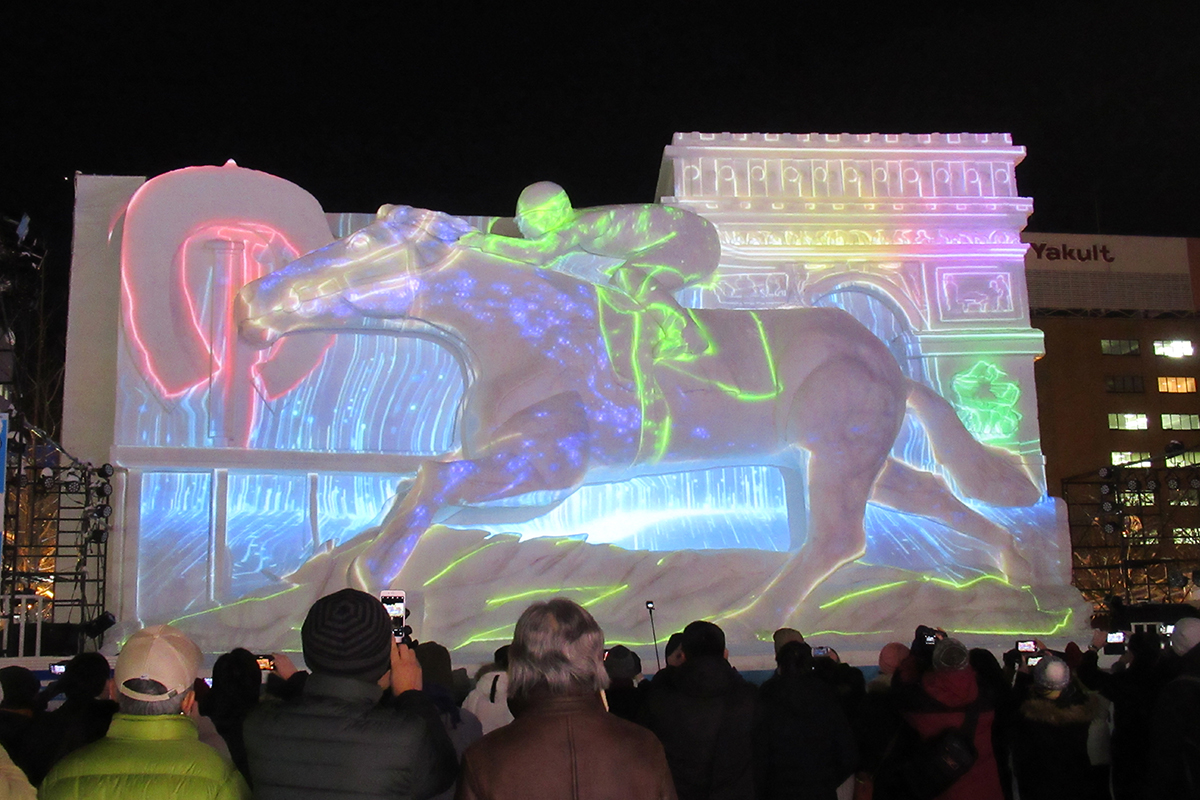
The Sapporo Snow Festival is held across three areas: the Susukino Site, where you’ll see ice sculptures; the Tsudome Site, which offers various snow activities like snow slides and snow rafts; and the Odori Site, where the snow sculptures are.
Seeing the towering 15 m high snow sculptures up close is an unforgettable experience that no photo or video can compare to. I often overhear people wondering if the sculptures are hollow on the inside. I let them know that they’re solid snow. Making these huge snow sculptures is more difficult than you could ever imagine, so I hope that people can see them for themselves and marvel at the sheer size and meticulous attention to detail.
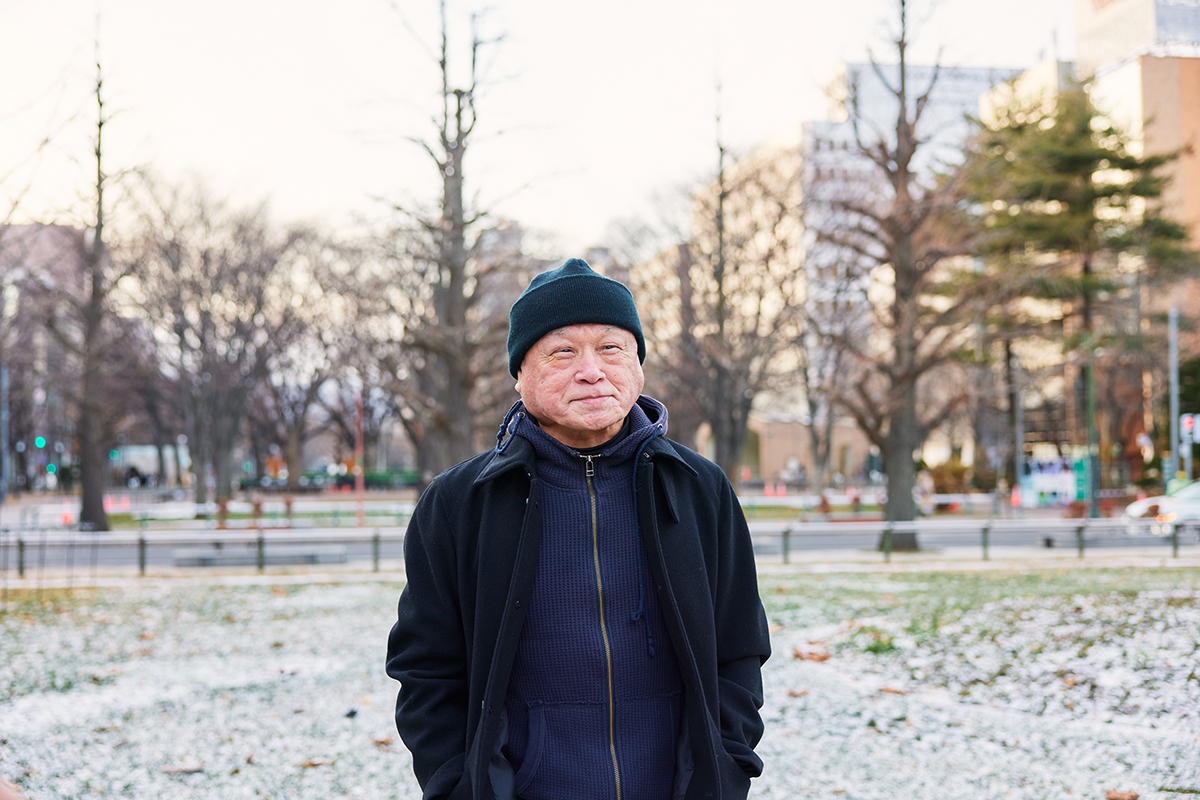
The Sapporo Snow Festival is packed with fun things to see and do—there are slides, sculptures of various designs, including cartoon or anime characters and buildings, and projection mapping at night. If you have the time, it’s worth checking it out both in the day and night to see the sculptures in a different light.
If you’d like to learn more about the Sapporo Snow Festival, click the link below:
https://www.snowfes.com/en/